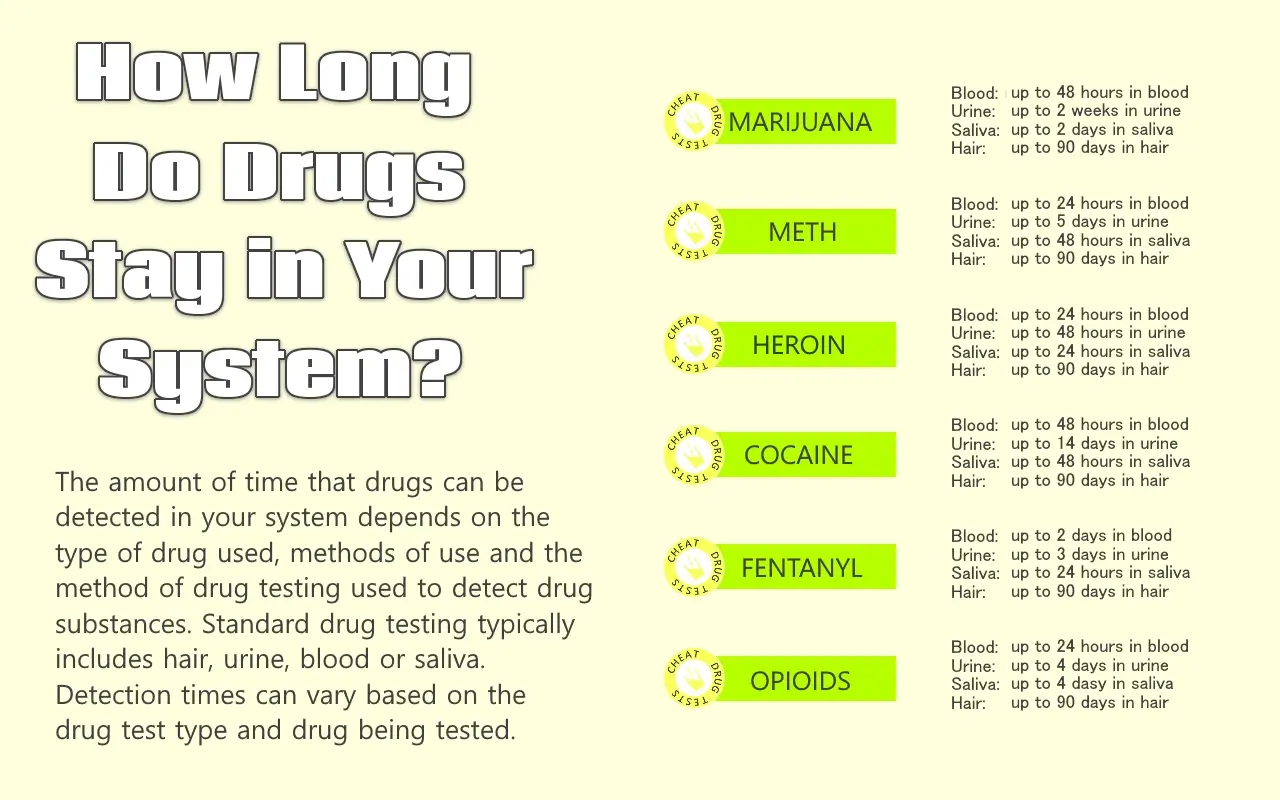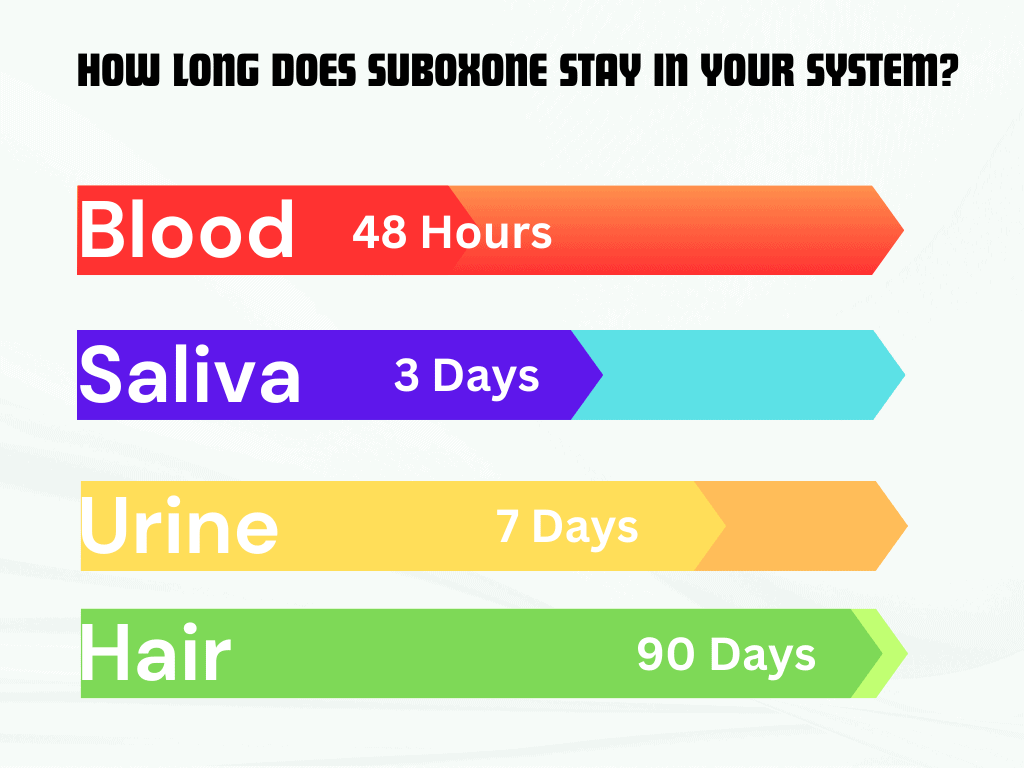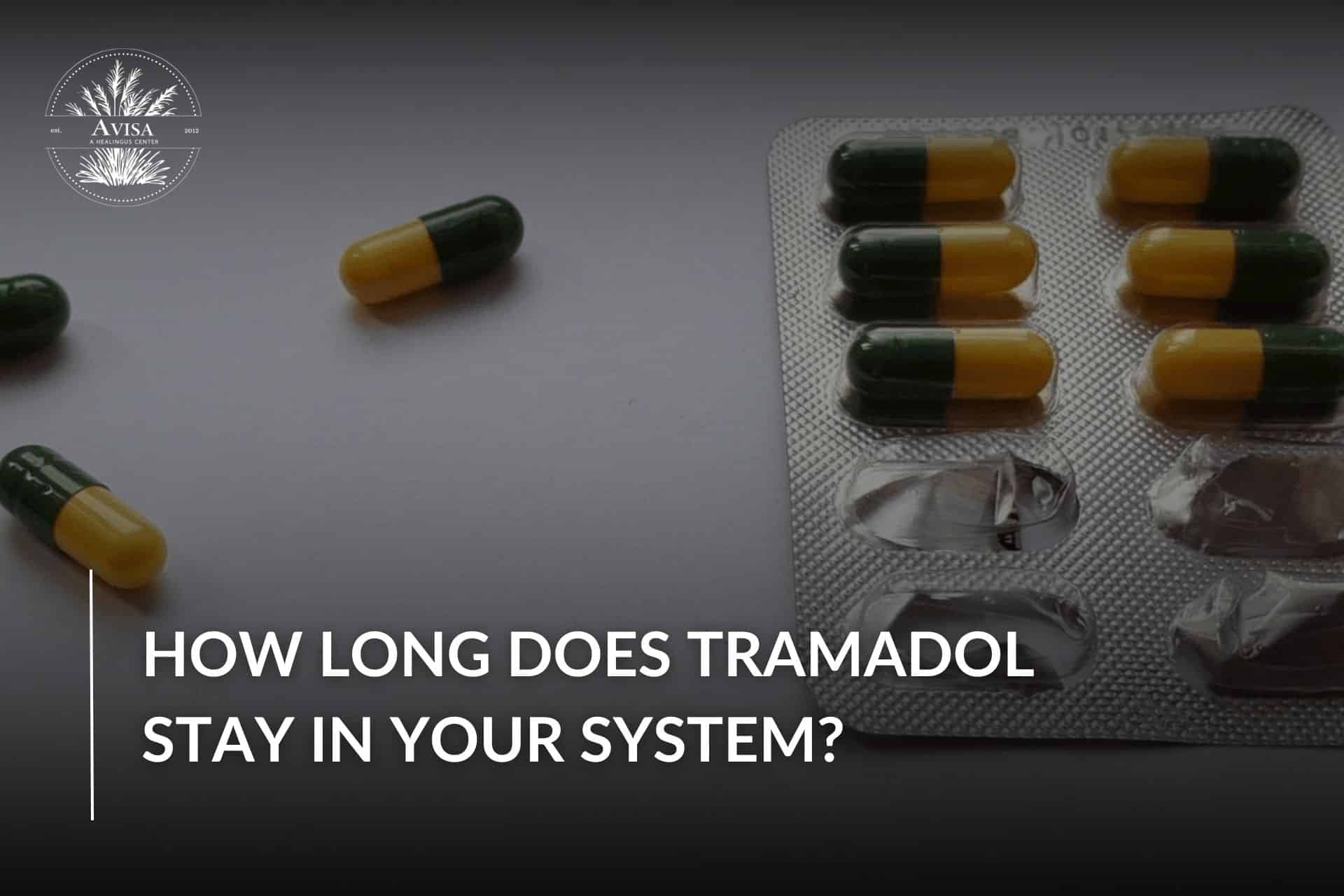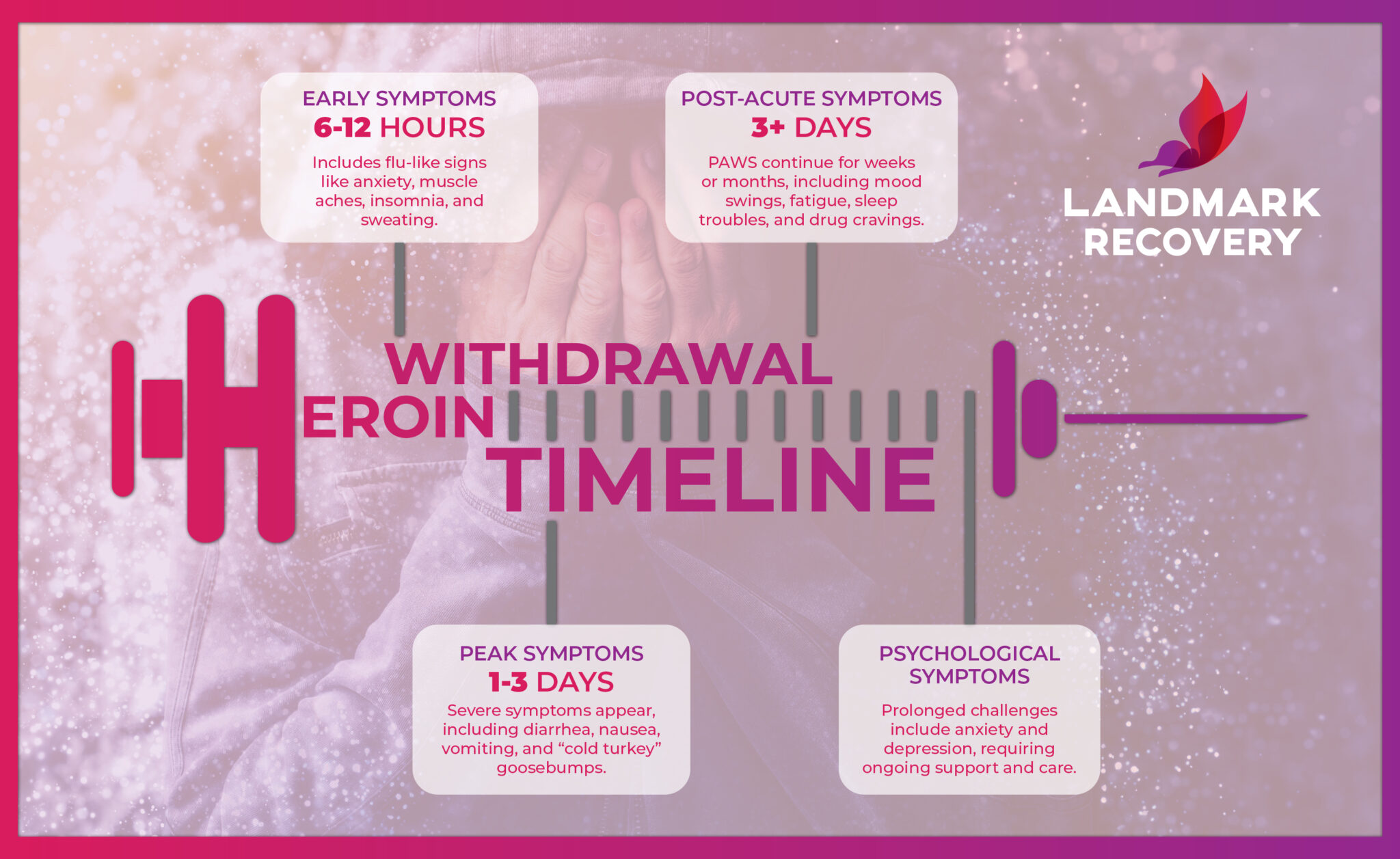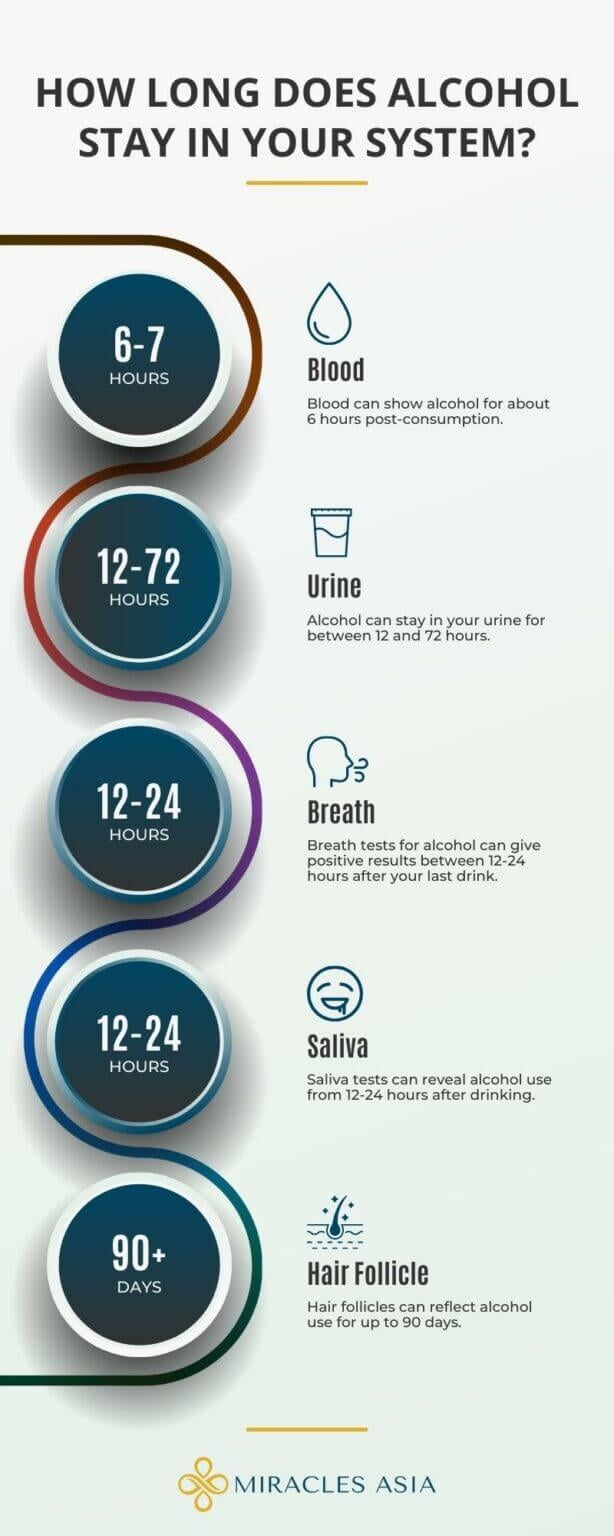How Long Does Trenbolone Stay In Your System

The use of anabolic-androgenic steroids (AAS) like trenbolone continues to be a topic of intense scrutiny and debate, particularly within athletic communities and bodybuilding circles. Understanding the duration trenbolone remains detectable in the body is crucial for athletes subject to drug testing, as well as for individuals concerned about its potential health consequences.
This article delves into the complex factors influencing trenbolone's detectability window, examining scientific data and expert opinions to provide a comprehensive overview. We explore the different ester variations of trenbolone, their pharmacokinetic profiles, and the implications for detection times. This information aims to equip readers with a clear understanding of how long trenbolone stays in the system and the considerations surrounding its use.
Understanding Trenbolone and Its Esters
Trenbolone is a potent synthetic androgen, significantly stronger than testosterone. It is primarily used in veterinary medicine to promote muscle growth and appetite in livestock.
However, due to its anabolic properties, trenbolone has gained popularity among athletes and bodybuilders, despite its illegal status in many contexts. It exists in several esterified forms, each affecting the rate of absorption and elimination from the body.
Trenbolone Acetate
Trenbolone acetate is characterized by its short ester chain. This results in a rapid release of trenbolone into the bloodstream. The shorter half-life dictates more frequent injections to maintain stable blood concentrations.
Due to its rapid metabolism, trenbolone acetate typically has the shortest detection window among the various esters. Detection times usually range from a few days to a few weeks, though individual variations exist.
Trenbolone Enanthate
Trenbolone enanthate features a longer ester, leading to a slower and more sustained release of the hormone. This translates to less frequent injections compared to the acetate version.
The extended release also means a longer detection window. Trenbolone enanthate can be detected in the system for several weeks, potentially up to a few months, depending on dosage and individual metabolism.
Trenbolone Hexahydrobenzylcarbonate (Parabolan)
Trenbolone hexahydrobenzylcarbonate, often known as Parabolan, is another long-ester version. It provides a prolonged release similar to trenbolone enanthate.
Consequently, Parabolan has a relatively long detection period. It can remain detectable for an extended timeframe, spanning weeks or even months post-administration.
Factors Influencing Detection Time
Several factors interplay to determine how long trenbolone remains detectable in the body. These include the specific ester used, the dosage administered, and individual physiological characteristics.
Metabolism rate, body composition, and kidney function all influence the elimination of trenbolone and its metabolites. Testing methodologies and sensitivity also play a crucial role in detection windows.
Dosage and Frequency of Use
Higher dosages and more frequent administrations of trenbolone will inherently prolong its detection time. The body needs more time to process and eliminate the substance.
Accumulation of trenbolone and its metabolites in tissues can extend the period during which it can be detected. Strategic cycling of the drug can change the detectability time as well.
Individual Metabolism and Body Composition
Metabolic rate varies greatly among individuals. People with faster metabolisms tend to clear substances from their bodies more quickly.
Body fat percentage can also affect detection times. Trenbolone, being a lipophilic compound, can be stored in fat tissue, leading to a slower release and prolonged detection.
Kidney Function
The kidneys play a crucial role in filtering waste products, including metabolites of trenbolone, from the bloodstream. Impaired kidney function can slow down the elimination process.
This can result in an extended detection window. Individuals with pre-existing kidney conditions may retain trenbolone metabolites for a longer duration.
Testing Sensitivity
The sensitivity of the drug testing method used can significantly impact detection times. More sensitive tests can detect even trace amounts of trenbolone metabolites.
Advanced analytical techniques, such as gas chromatography-mass spectrometry (GC-MS), are capable of detecting very low concentrations. This leads to longer detection windows compared to less sensitive methods.
Health Implications and Risks
The use of trenbolone is associated with a range of potential health risks. These risks are independent of detection windows.
Cardiovascular issues, liver damage, and psychological effects are commonly reported adverse effects. Hormonal imbalances and androgenic side effects, such as acne and hair loss, are also concerning.
Given the potential for these harmful effects, the use of trenbolone should be approached with extreme caution. Consulting with a healthcare professional is essential to fully understand the risks involved.
Ethical and Legal Considerations
In many countries, trenbolone is classified as a controlled substance. Its use without a valid prescription is illegal.
Athletic organizations and sporting federations often ban the use of trenbolone. Athletes who test positive face severe penalties, including disqualification and suspension from competition.
Beyond the legal and athletic consequences, the use of trenbolone raises ethical questions. Fairness, sportsmanship, and the integrity of competition are compromised when athletes use performance-enhancing drugs.
Conclusion
Understanding how long trenbolone stays in the system is crucial for athletes, bodybuilders, and anyone considering its use. The detection window varies depending on the ester used, dosage, individual factors, and testing sensitivity.
While this article provides a comprehensive overview, it is not a substitute for professional medical advice. The health risks associated with trenbolone use should not be underestimated. Ultimately, informed decisions based on a thorough understanding of the facts are paramount.
Looking ahead, ongoing research into AAS metabolism and detection methods will continue to refine our understanding of detection windows. Stricter regulations and more sophisticated testing procedures may further deter the illicit use of trenbolone in sports and other contexts.











